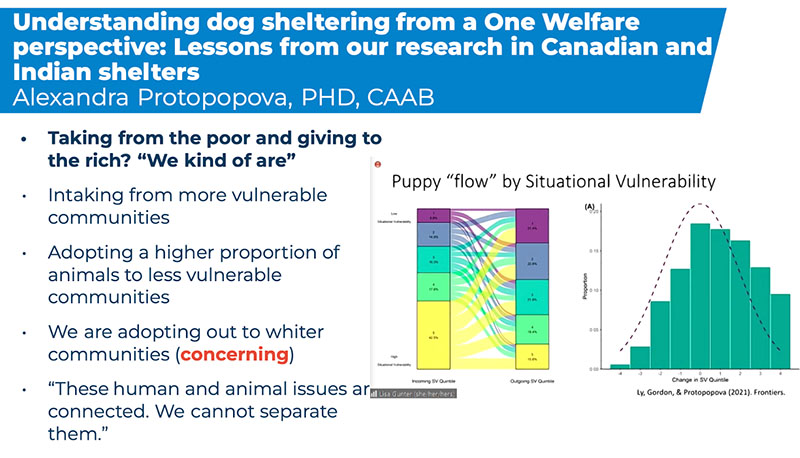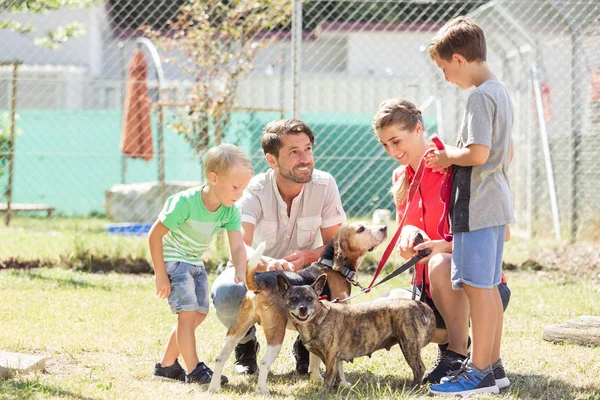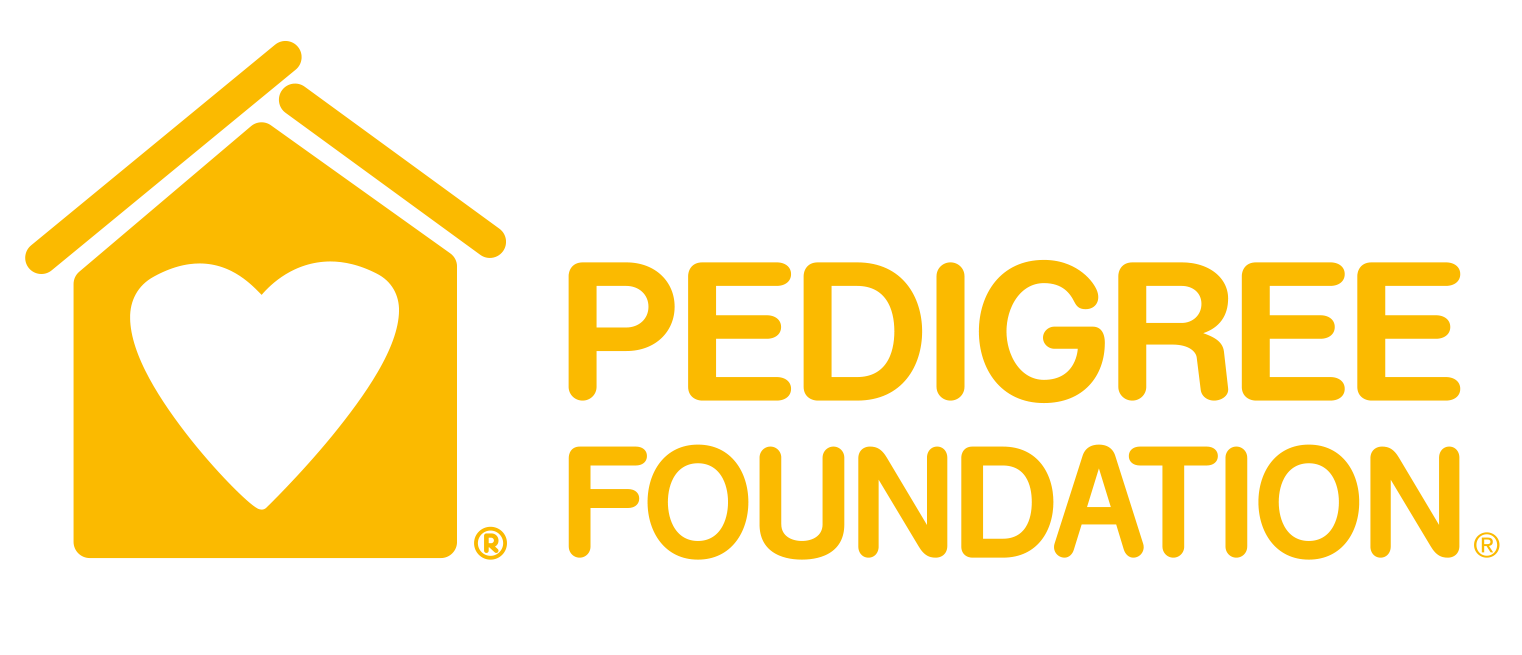What does animal intake look like in the Human Animal Support Services model? Join us for an eye-opening webinar as we delve into the vision, the nitty-gritty, and common misconceptions about this model’s transformative and lifesaving impact. Dr. Ellen Jefferson, President and CEO of Austin Pets Alive!, and Vincent Medley, Maddie’s® Director of Human Animal Support Services, discuss this topic with Jorge Ortega, Animal Services Director for Guilford County Animal Shelter, a HASS pilot shelter. Viewers will gain valuable insights about how this model works today, and how it’s moving us toward a future where people and pets thrive together. Don’t miss this opportunity to hear from HASS leaders, be part of the revolution in animal intake, and learn more about the HASS vision for a more compassionate and effective approach to animal services.
Remaining Audience Questions
What is the Guilford County mobile unit providing in the community?
With its ever-expanding services to help Guilford County pet owners keep and care for their pets, Guilford County Animal Services created the Mobile Pet Assistance Center – or “MPAC.” A team of staff and volunteers will travel the county every week, setting up tents and tables, where they will offer free pet microchips vouchers, free rabies vaccinations, assistance with free pet food, and free pet supplies: leashes, collars, beds, blankets, bowls, etc. See more on the mobile unit here.
The biggest issue we’ve had is with healthy adult cat intake. How do you have the conversation about cats?
Keep your community informed about both free-roaming and owned cats with this HASS x HeARTs Speak Cats and Kittens Communications Kit.
When someone wants to relinquish a pet and you are attempting to support that person to keep their pet, how far do you go? What are you providing them with?
Every pet relinquish decision doesn’t come easily for owners, so step one is to empathetically meet them exactly where they are and ensure we have full understanding of the “why” behind the relinquishment. Once we have that understanding, we’re able to address the “why” with available resources or support on a case by case basis. For example, if an individual is needing to relinquish their pet due inability to meet vet-care costs, we will walk through the options of more affordable or low-cost care alternatives to see if that is a possible solution. Best case scenario, the solutions provided eliminate the need to relinquish ownership but ultimately, the first step is doing the due diligence of ensuring people are aware of their options to make informed choices versus relying solely on the idea that the shelter is the only solution.
In our organization, we bring 1,000 dogs a year in from shelters. We have had perhaps 5 dogs ever reclaimed, and most come in in very poor condition. Can you share more about the data showing that the majority of animals in shelters are lost, not abandoned or strays?
Dr. Ellen Jefferson: It is impossible to interview the dogs in shelters but we can extrapolate information from two studies to get an idea of where we are missing the mark in the industry. Two studies, one unpublished and one quite old, are not enough but it does give us a sense that MOST pets have a home, or at least a caretaker, and the onus is on us to either decide not to reunite or work a lot harder to get the job done. Here is a presentation I made assessing the two studies and thinking about what we need to do to increase RTO. If the dogs are coming to you in bad shape from other shelters, you may be pulling from enough shelters who all take in a low percent of dogs in bad shape to total your 1,000. Even dogs in bad shape can have an owner- such as if they are sick and the person can’t afford medical care. We see that at Austin Pets Alive! all the time. That doesn’t mean you have to reunite them but can definitely change your perspective on wanted vs. unwanted.
There’s a lot of fear around owners turning their pets in as strays to avoid intake diversion, leading to inflated stray numbers and increased length of stays for these “stray” pets. Can you speak to that?
Dr. Ellen Jefferson: When shelters take away a service, without providing a replacement service that solves the problem in comparable ways, people feel like they have no choice but to game the system. We need, as an industry, real information and data on where and why animals are coming to shelters so when this happens, we end up with faulty information that makes it impossible to plan solutions for the biggest issues in your community.
Figure out if it is really happening or if it is just animal welfare folklore. That can be accomplished through surveying your community and asking if people have actually done that or if they have direct knowledge of someone doing it (a relative, friend, etc. NOT on social media from someone they don’t know personally). This can be costly if you do it in a way where the survey is pushed to random community members rather than a link that will get used by the most die hard animal advocates in your community. The pushed survey will get you unbiased and more likely, truthful, answers. The link will get you “the word on the street” which could be just folklore. A pushed survey is extremely informative. We can help you deploy, and possibly analyze, a survey for a cost or you can do it yourself for less than $5,000. If this behavior is happening in a community, I would suggest two things:
- Double down on your customer interactions by seeking out training from social workers or hiring social workers who can help navigate people towards solutions and who know when taking the pet is the best thing for that pet and person.
- Create a Positive Alternatives to Shelter Surrender program. Here are some resources. This allows owners to have help navigating their pet’s needs, including rehoming. For pets with medical needs specifically, we have a HASS toolkit that includes information on funding. This is a more comprehensive example of a PASS guide for your community.
I work at a shelter and currently do all the intake. I take in owner surrenders, strays and pull from rural shelters that have a high EU rate. How would you prioritize an animal that is at a shelter that could be EU vs. a stray that someone found and they cannot be held onto? If they are in a shelter are they safer than a dog that can potentially put back on the streets?
Dr. Ellen Jefferson: That is a tough question because every organization has different capabilities. At Austin Pets Alive! We don’t take animals from other shelters until that shelter has exhausted all other options. That is because we only have limited space and we want to be as impactful as possible. If we take in animals that they could adopt out themselves or another rescue would take, then we are wasting our space by duplicating efforts. If you have resources and can focus more on the ones who won’t make it out, then that might give you more wiggle room to say yes in situations where you know the animal isn’t safe. I do think we all need to learn how to have those conversations with people through the help of navigator/social work training because it is hard to both help and push back on people relying on you to solve their situation. You might start by developing some criteria for what you believe is “true need” both at shelters and within the public and then see if you can more specifically apply that to the list of potential intake each day. We sometimes call that “reshuffling the deck”, or the priority list, for a space depending on urgency. It is just important to somehow keep up with the ones you might say no to today but who might need you tomorrow more urgently.
What advice can you give for staff (especially intake staff) that are struggling with a lack of resources or support? In our county, leadership eliminated our TNR/community engagement programs, strictly limited our foster programs, stopped allowing most stray intakes, and aren’t having staff meetings to explain any changes. How do we advocate?
Dr. Ellen Jefferson: Without knowing anything about your county, I can say that, without a doubt, the most effective way to advocate is to lodge daily complaints to the county elected officials. I’ve heard joked that a government’s main job is to make complaints go away. If even a kernel of that joke is true, your best avenue is to get loud on a daily basis and don’t stop. Don’t overthink it, either. Loud doesn’t need to be organized to be effective.
How do you help the public understand that a private shelter can not be animal control nor should the government expect a private group to do it all without funding? Additionally, how can private organizations seek funding for support services?
Dr. Ellen Jefferson: Austin Pets Alive! struggles with that, too. There is no easy road. Being clear on your website and with your messaging helps but ultimately when people are demanding that it means they think you can do it better and more humanely which is a compliment. You can even say “this is the government job and this is our job” to make it crystal clear. You should consider pulling together community members to talk about how you could take it on and ask them to advocate for it. This would include creating a budget of the costs, outlining the impact and thinking about how you would pull it off. This process might help the elected officials manage their programs more effectively or it might result in an RFP (request for proposals) to operate animal services by a nonprofit. As mentioned above, none of this happens without the voice of the community so harnessing that, since it is already on your side, is essential. I’m on a panel at the Best Friends Conference about this very subject in case you will be in Houston!
As for seeking funding for support services, you should think about appealing to individuals who typically fund both animals and people, partnering with people organizations to apply for grant funding and marketing the impact you are making even if you are just touching a few pet owners. I mentioned crowdsourcing revenue above and you might want to start a social media page where the public helps you raise what is needed from pet deposits to medical bills if you can’t offer outright payment.
How can we shift shelter-centric thinking at local government level from ‘supporting in place is extra’ to ‘supporting in place is foundation’ to create the motivation for funding and other necessary changes?
Dr. Ellen Jefferson: This is accomplished in two ways: 1. Just doing it, showing results, and eventually it becomes the norm (we are seeing this not be as effective now that increases in shelter intake have occurred) 2. By creating alliances with human organizations that can help advocate with you for this service and telling the story of the whole family, which includes pets, better than we have historically done. Michigan Humane has done a great job telling this story to their community. You can see a news article here.
What is the role of destination shelters in helping source shelters establish outreach programs like HASS? So often destination shelters are eager to take especially highly adoptable animals which does little to build capacity at source shelters.
Dr. Ellen Jefferson: Yes, this is a huge problem. The Role of the Nonprofit Working Group in HASS created this guide for organizations that want to help but maybe don’t know how. Additionally, see great published research from Alexandra Protopopova, PhD, CAAB, on the effect of only taking the most adoptable on transport. See infographic from the article below:

Where do you see volunteers being most effective at this time and in this model? Could we be similar to the non profit type of group as a partner in a shelter?
Volunteers play a significant role in the success of the HASS model. Learn more about volunteer integration in this toolkit and find out more about possible volunteer roles in this blog.
How does HASS fit into the One Health Initiative?
Human Animal Support Services strives to support the human-animal bond with a One Health and case work approach. That is how we can help people and pets. Learn more about the importance of One Health, reducing barriers, and the role of Diversity, Equity, and Inclusion in this work in this webinar titled, “HASS Means Helping People Too”.
How do we move the scale on live release rates?
Dr. Ellen Jefferson: There are so many ways to increase the live release rate in shelters. The first step is to know what is in the way of higher live release and this varies by shelter. The low hanging fruit lies in analyzing what is causing non live release (there are usually multiple reasons) and fix it in a data driven way. This is typically because your shelter is not addressing the needs of one or more groups of animals. Most of the time, when we analyze shelter outcome data, at the request of that shelter, we find that it is because there isn’t adequate or efficient veterinary care in the shelter, foster homes are not being used at high enough numbers to keep cage space low , programs such as caring for neonatal kittens or offering behavioral support are not big enough to address all the animals that need it or don’t exist and live outcomes don’t have the same priority level (or higher) of other programs such as field services.
In HASS, we are digging deeper to understand some of the more fundamental reasons, beyond the programs necessary, that shelters aren’t keeping the higher live release rates we saw during the pandemic. We are also looking at why shelters, who have achieved high live release rates, struggle so much to keep them when director turnover occurs. The HASS project was created because we believe that the current shelter model -of simple intake and release -is wrong for the modern era. Our current model is based on the premise that the government’s job is to protect people from animals and the nonprofit’s job is to protect animals from people. We know, in this day and age and especially since COVID, that the number of situations where someone is intentionally harming animals is a miniscule fraction of the situations that cross our desks and vice versa. Instead the vast majority of cases that actually cross our desk are situations where people and their family members, their pets, have been separated or are on the brink of separation and one or the other or both are coming to us for help. And now that we know that and we see how many tools we are missing, we can see more clearly how severely underfunded and under-resourced we are as an industry to do even the old model well, sustainably. For example, we are one of the only social services that has no specific training for their workers (beyond animal control and vet staff), we have no concrete budgeting process where we know what our operations should cost if we have what we need and we have no lobbying association protecting our rights as an industry while we are attacked from all sides because we can’t do a good enough job with the resources we do have. The HASS project is trying to deliver the tools and examples of how shelters can support their communities holistically and systemically and also give tools to get the right resources in place no matter if we are simply trying to increase live release or if we are trying to change to a human support shelter.
We plan to address more on live release rate as it relates to HASS in a future webinar. Subscribe to our newsletter to stay up-to-date on future learning opportunities.








